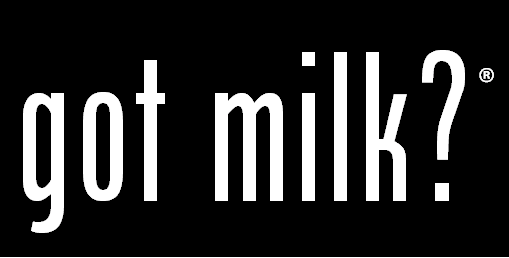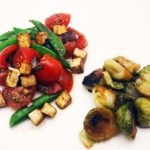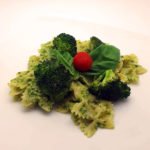This is an article that is extremely important to me. I was vegetarian for most of my life before giving up dairy. The more research I uncovered and the more informed I became, I realized that I had no choice but to say “no” to milk, cheese and all dairy.
Let’s start at the beginning…when we decided that drinking milk from another species was a good idea!
Simply stated, every species on the planet is weaned from a mother’s milk, including cows. So if baby cows don’t need it, why do we?
One of the biggest questions I get from aspiring vegans is “Where will I get my calcium if I give up dairy?”
The fact is we need calcium. The mistake is in thinking that the only good source of calcium is through dairy products. You can thank the dairy industry’s slick marketing campaigns for creating this misconception. Think of the milk campaigns that started when you were a child “Milk it does a body good” to “Got Milk?” Please understand that these campaigns were supported by millions of dollars from the dairy industry and thousands of hours of lobbying efforts on Capitol Hill.
While many of those who may be reading this article envision a few happy cows eating grass and taking naps before being “milked” in the morning, the hard and sad factual truth is that MOST (nearly ALL) cows are pumped
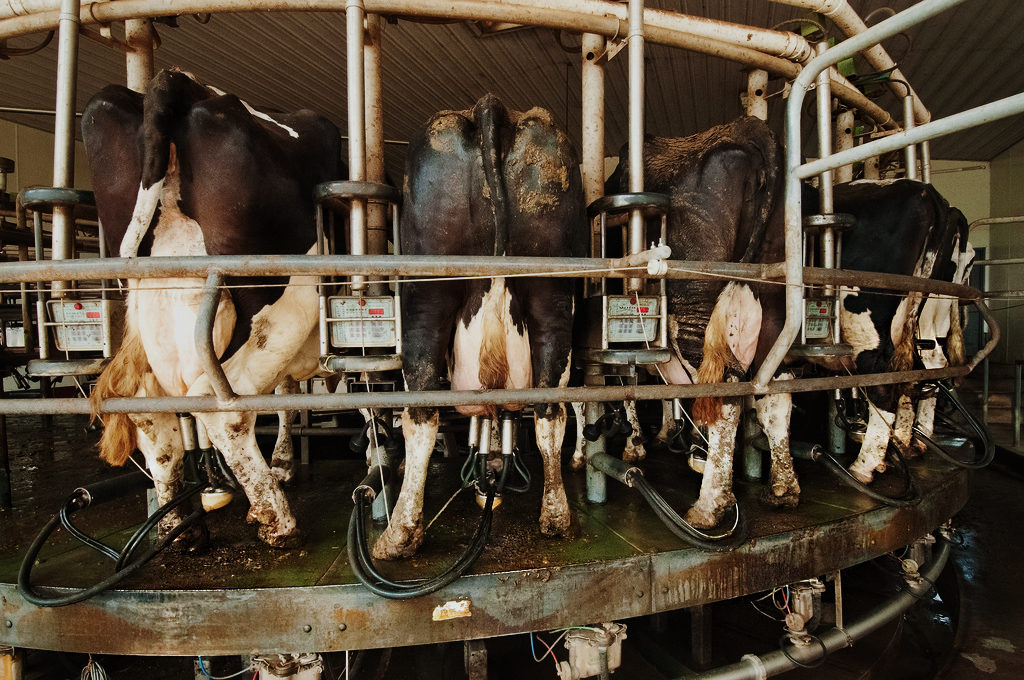 full of antibiotics and oftentimes hormones and hooked up to milking machines for most of the day. The reality is they lead horrible lives.
full of antibiotics and oftentimes hormones and hooked up to milking machines for most of the day. The reality is they lead horrible lives.
Here is a breakdown on the different categories of dairy cows:
- Conventional Cows – Most of the milk and dairy products found on store shelves come from conventional cows. The products that are manufactured come from cows that are fed everything from grass, hay, grain feed or even bakery or other food waste.
- Grass-Fed Cows – These cows get only grass and forage but, keep in mind, the grazing pastures may be treated with pesticides, herbicides or fertilized with synthetics. There are also no restrictions on the use of growth hormones and antibiotics.
- Organic Cows – they can only be fed grass, hay, feed or forage that is organically grown. They cannot be given antibiotics and growth hormones. It is also worth noting that even organic cows are mistreated and are milked 3 times a day, which oftentimes causes painful udder infections or mastisis. If an antibiotic is needed to relieve the pain, the farmers refuse because then the end product would not be labeled “organic”.
The natural lifespan of a cow is 20 years but the typical lifespan for dairy cows is 5 years because their bodies wear out from the continual cycle of being inseminated/pregnant/lactating or due to the fact that 50% become lame from standing on concrete floors and held in intensive confinement.
Cows have brains, hearts and feelings. Imagine having your baby taken away from you within hours after giving birth. Mother cows oftentimes cry out for their stolen calves for days. Female calves are put into the miserable cycle as their mothers. And male calves, which cannot produce milk, are considered byproducts of the industry. These one-day old newborns are stripped away from their mothers and sent to feedlots until they are slaughtered or kept in cramped pens or crates to prevent them from moving and building muscle in an attempt to keep their flesh tender to sell as veal.
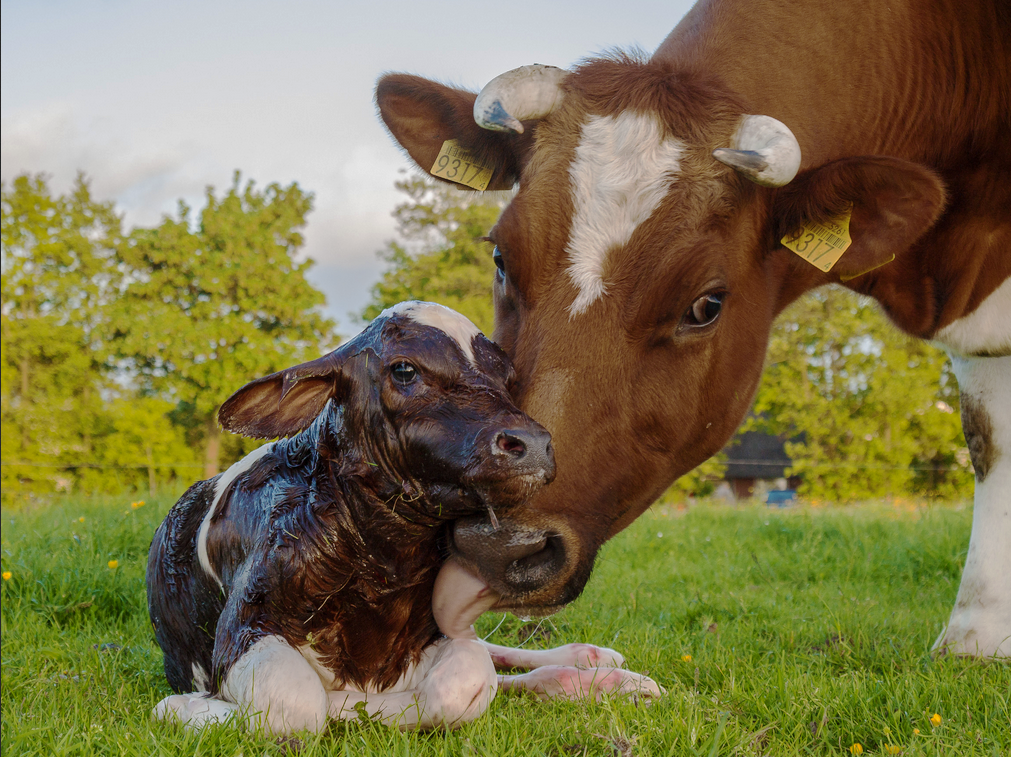
Back in 1950 cows produced milk, more naturally. Today, due to increased demand they are hooked up to milking machines at least two (and up to four) times daily forced to produce as much as 4 times the amount of milk.
So who is manufacturing all of this milk? The United States tops the list with India and China coming in second and third. The astonishing fact is that, according to the Physicians Committee for Responsible Medicine, about 75% of the world’s population is lactose-intolerant.
The group also sites that dairy milk is not a reliable source for preventing osteoporosis. It goes on to state that calcium losses are increased by the intake of animal proteins and by the lack of physical activity/exercise.
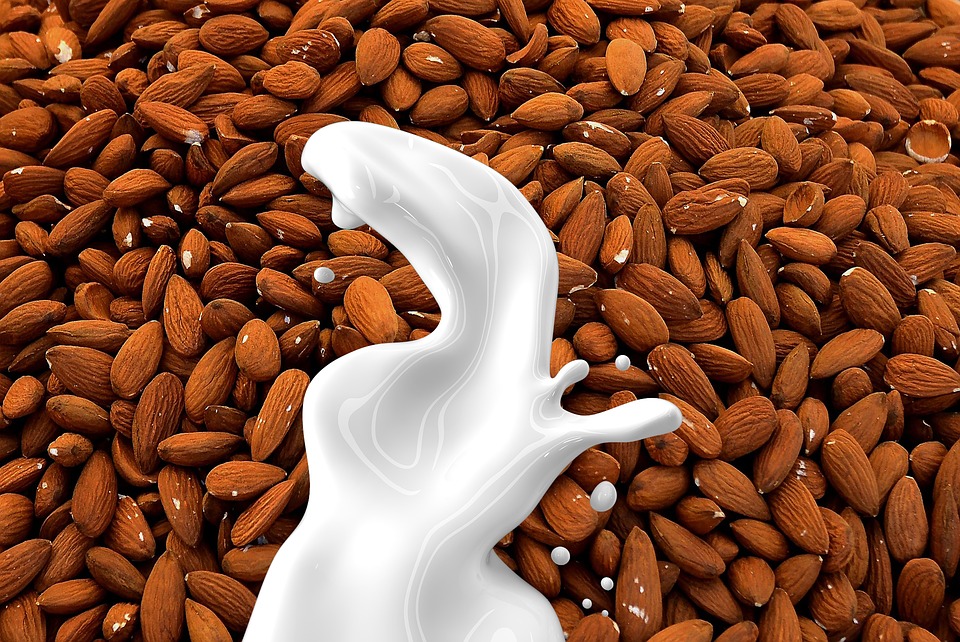
There are some super-healthy alternatives to dairy milk.
Here is a breakdown:
- Almond Milk – Contains no saturated fat or cholesterol, is lactose free and is a good source of Vitamins A & D. Opt for the unsweetened varieties and you will be consuming zero grams of sugar. Make sure you look for fortified almond milk for calcium.
- Soy Milk – By itself, it contains almost as much protein as cow’s milk. It is lower in calories than milk. Is a good source of protein, potassium, Vitamin A, B12 and D plus the fortified varieties are an excellent source of calcium. Soy Milk contains only a small amount of saturated fat and contains 75% more skin/body craving antioxidants.
- Rice Milk – probably the best choice for people trying to avoid cow’s milk that also have allergies to nuts and/or soy. Does not contain any saturated fat or cholesterol but has a very limited amount of protein. The fortified varieties are a good source of calcium and because it is higher in antioxidants it can help protect against infections, certain cancers and help boost the immune system.
- Cashew Milk – contains more calcium than cow’s milk (45% compared to 30% from cow’s milk) and additionally boasts 50% of the RDA of Vitamin B12. (On par with cow’s milk.), and for each one cup serving your body meets 50% of the RDA of Vitamin E which helps your skin and protects against damage from the sun. Opt for the unsweetened varieties.
- Coconut Milk – if you are low on electrolytes after working out or following an illness or medical treatment, coconut milk contains 30% of the RDA of Vitamin D compared to only 20% found in cow’s milk. Because it contains an easily absorbed beneficial fat it is great for giving the body energy. It has been shown to help lower cholesterol and improve blood pressure. Opt for small servings because full-fat coconut milk is high in calories.
- Hemp Milk– rich in protein and Omega 3 but is relatively high in fats compared with other non-dairy alternatives. Keep in mind, however, that most of that fat is healthy Omega-3 fat. It also boasts 5 grams of protein, amino acids and iron in addition to other body-supporting vitamins and minerals.
Our bodies need calcium, especially after the age of 30 when our bones are 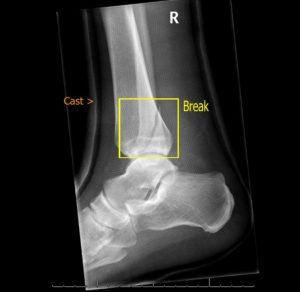 no longer built on a continual pace. In other words, a body breaks bones down faster than building them up. The best way to strengthen them is with calcium. People think that once they give up dairy they will be just moments away from osteoporosis and fractures.
no longer built on a continual pace. In other words, a body breaks bones down faster than building them up. The best way to strengthen them is with calcium. People think that once they give up dairy they will be just moments away from osteoporosis and fractures.
To get the RDA for adults of at least 1,000 milligrams per day, (1,200 mg a day for nursing mothers and women over 50) the list below includes many notable foods, including non-dairy almond and soy milk which lead the pack in terms of calcium, for obtaining the recommended amount of calcium. The term “fortified” means that calcium has been added for a higher nutritional profile.
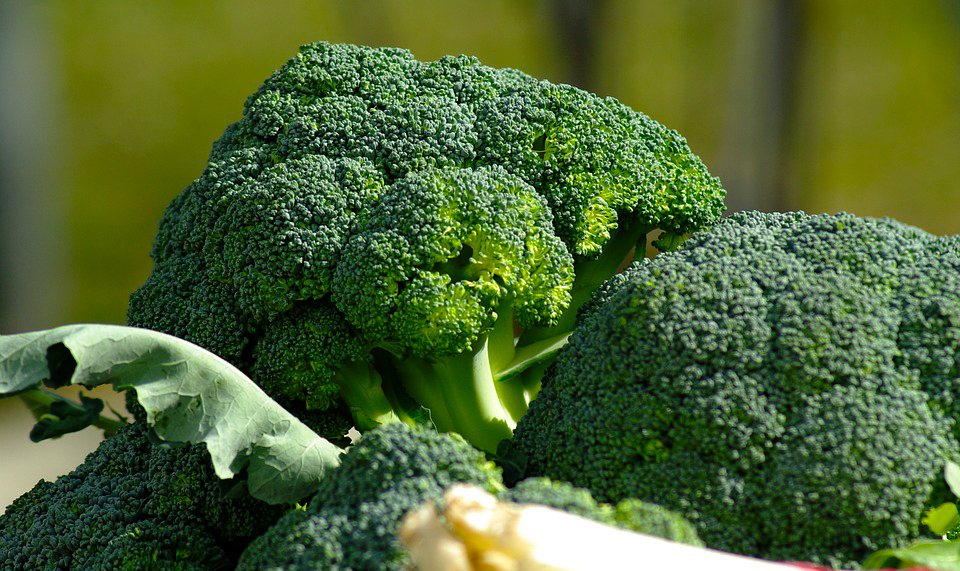
Good Food Sources of Calcium
- Leafy greens* (Kale, Broccoli, etc.) It is also worth noting that many green vegetables absorb more than 50% of the calcium they provide when compared to 32% from dairy milk.
- Fortified Almond Milk (Try to opt for varieties that are carrageenan-free and check out this post to learn more about this food additive.)
- Fortified Soy Milk
- Tofu (yep, it boasts nearly 250-750 mg of calcium per 4 oz. serving.) Opt for firm varieties that are calcium set. More on that here.
- Figs
- Fortified Orange Juice
- Fortified Breakfast Cereal
- Fortified Apple Juice
- Soybeans/Soy nuts
- White Beans
- Tahini
*Oxalic Acid, which is prevalent in spinach and chard, interferes with the body’s ability to absorb calcium making them both poor sources of beneficial calcium. Better options are Kale, Broccoli and Collard.
